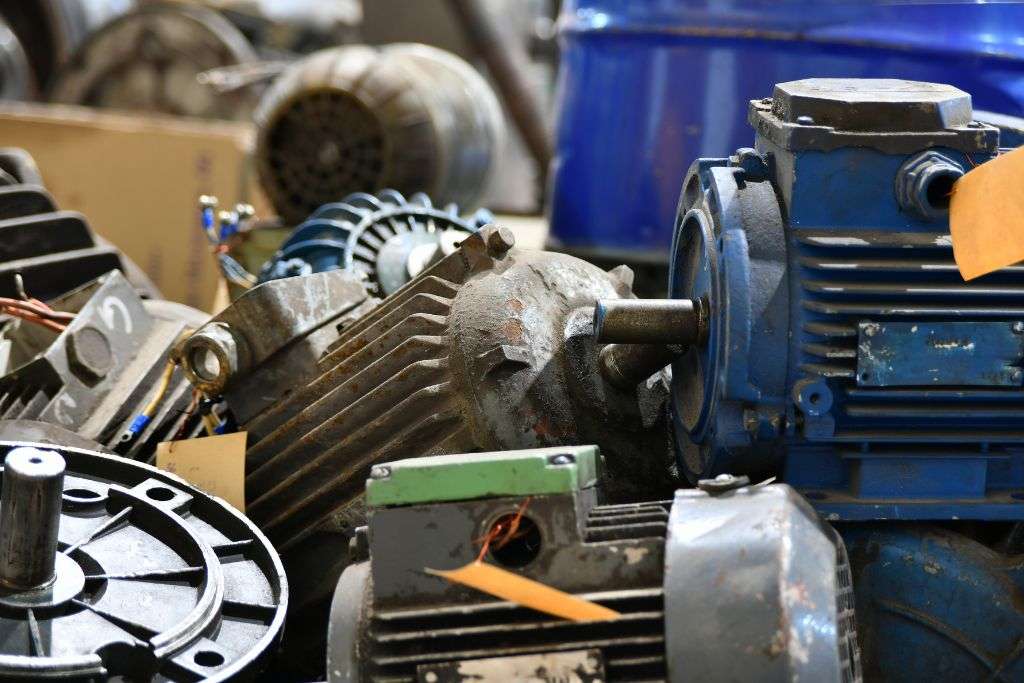
Aug 17,2023
When it comes to keeping the wheels of industry turning, having reliable motor parts is crucial. And in this realm, Rexroth has emerged as a prominent player, offering wholesale motor parts that have garnered attention for their quality and performance.
But does their reputation hold true? Let's explore the world of wholesale Rexroth motor parts to unveil their reliability.
The Rexroth Legacy
Before delving into the reliability aspect, let's set the stage with a quick glance at Rexroth's legacy. With a history spanning decades, Rexroth has cemented its reputation as a trusted manufacturer in the field of motor parts.
Their commitment to innovation, precision engineering, and quality control has led them to become a go-to choice for industries requiring dependable machinery components.
Quality in Every Bolt and Wire
One of the cornerstones of Rexroth's reputation lies in its uncompromising commitment to quality. Each wholesale motor part undergoes rigorous testing, ensuring that it meets stringent industry standards. From material selection to manufacturing processes, Rexroth leaves no room for subpar components.
Rexroth motor parts aren't just about short-term gains. Their components are engineered for durability, capable of enduring the harsh conditions often present in industrial settings. This longevity not only reduces downtime but also enhances overall operational efficiency.
In the world of machinery, precision is paramount. Rexroth motor parts are designed with precision in mind, ensuring seamless integration into various systems. This attention to detail results in optimized performance, reducing the risk of unexpected breakdowns.
While the term "wholesale" might evoke concerns about compromising quality for a lower price, Rexroth shatters this misconception.
Their wholesale motor parts offer exceptional value for money without sacrificing reliability. This balance is crucial for businesses looking to optimize their budgets without sacrificing performance.
In the world of wholesale motor parts, Rexroth shines as a beacon of reliability. Their commitment to quality, durability, precision, and value sets them apart in an industry where dependability is non-negotiable.
Whether you're looking to power heavy machinery or optimize production lines, Rexroth motor parts offer a trustworthy solution that aligns with your needs. So, when it comes to reliability, it's clear that Rexroth's wholesale motor parts are more than just a cog in the wheel – they're the backbone of industrial success.
Absolutely. Rexroth's diverse range of motor parts caters to a wide array of industries, from manufacturing to construction and beyond.
Yes, Rexroth designs their parts with user-friendliness in mind. Their components often come with detailed manuals and customer support, ensuring a smooth installation process.
Rexroth employs advanced quality control measures, including cutting-edge technology and skilled technicians, to maintain consistency across their wholesale motor parts lineup.